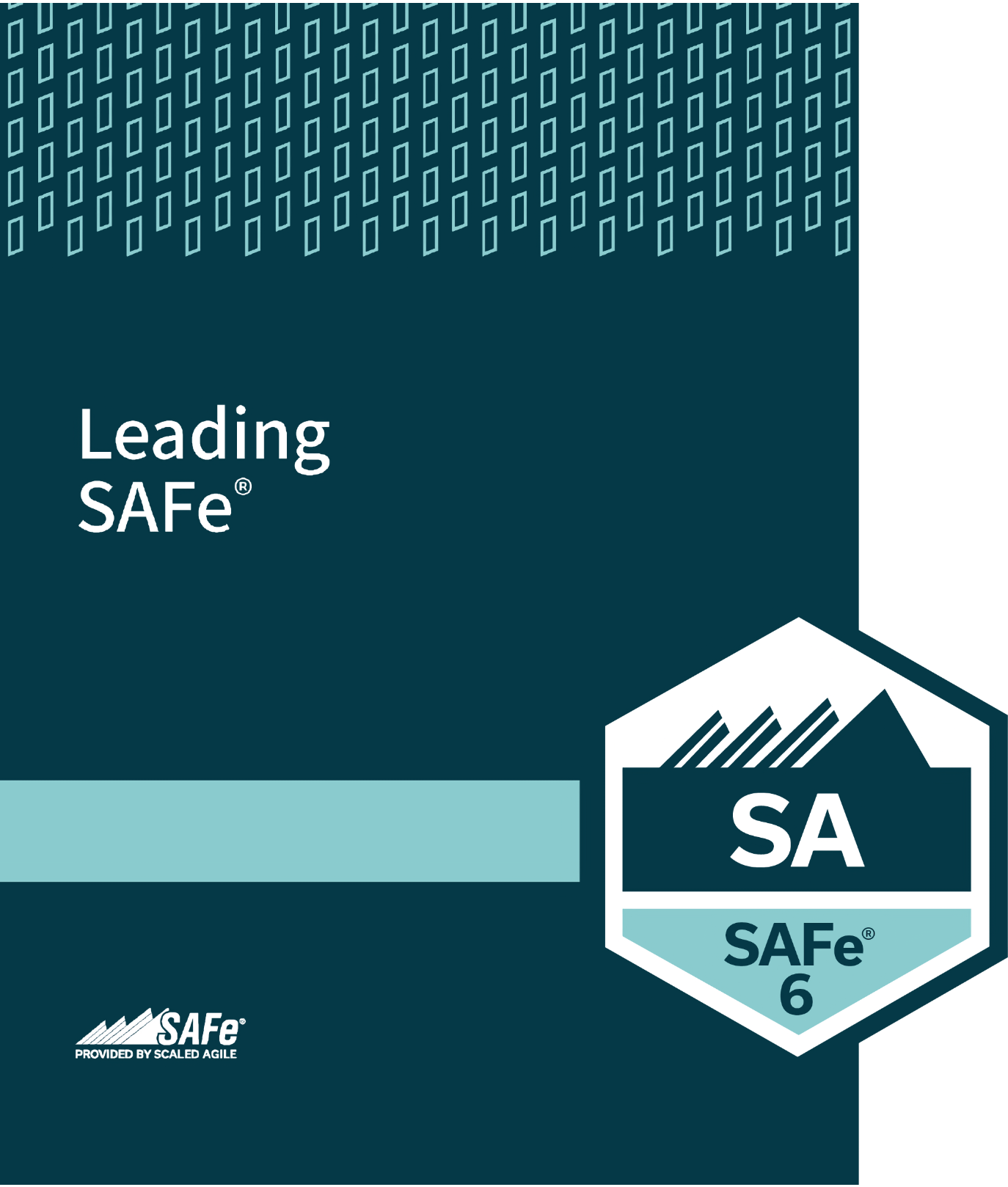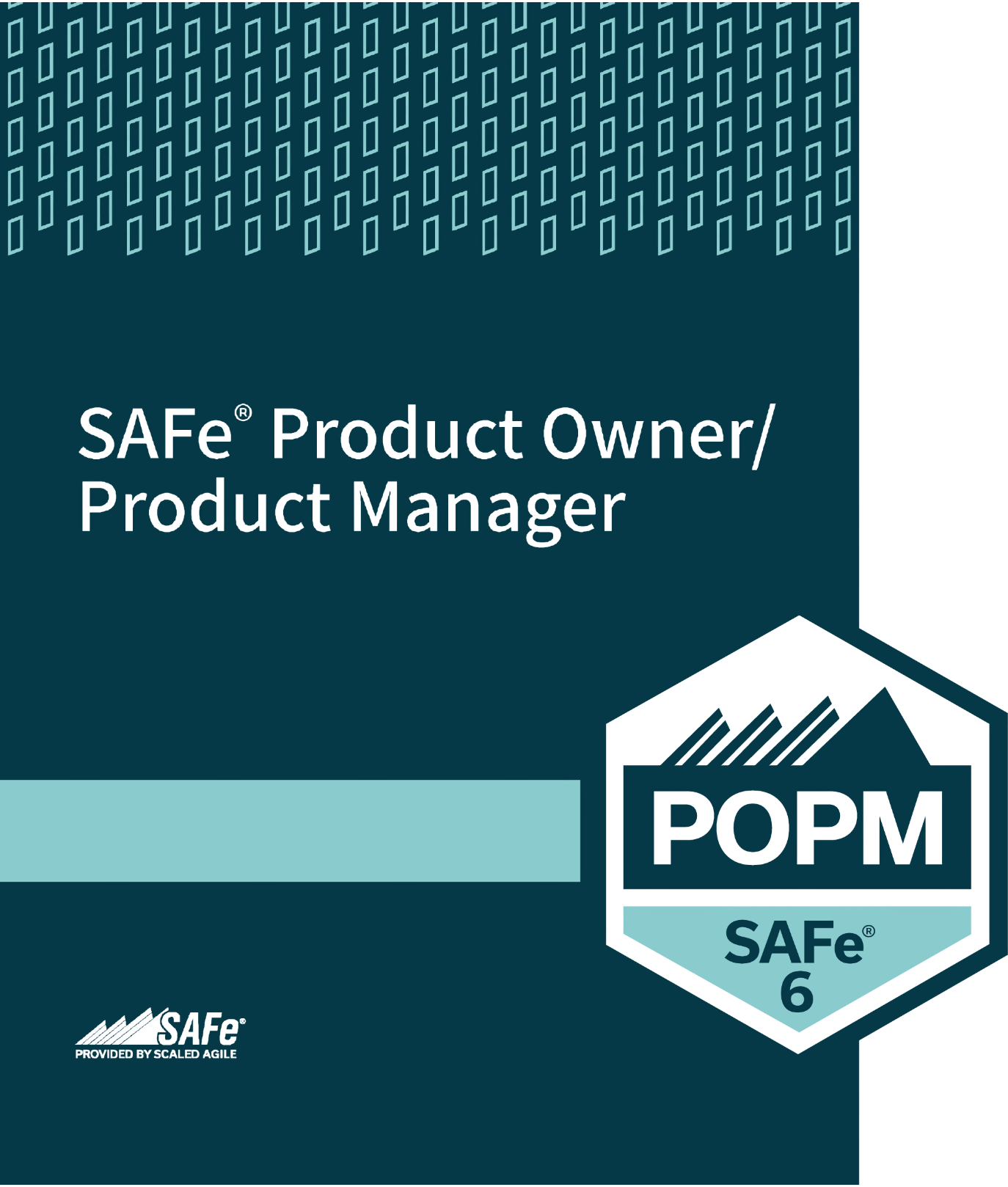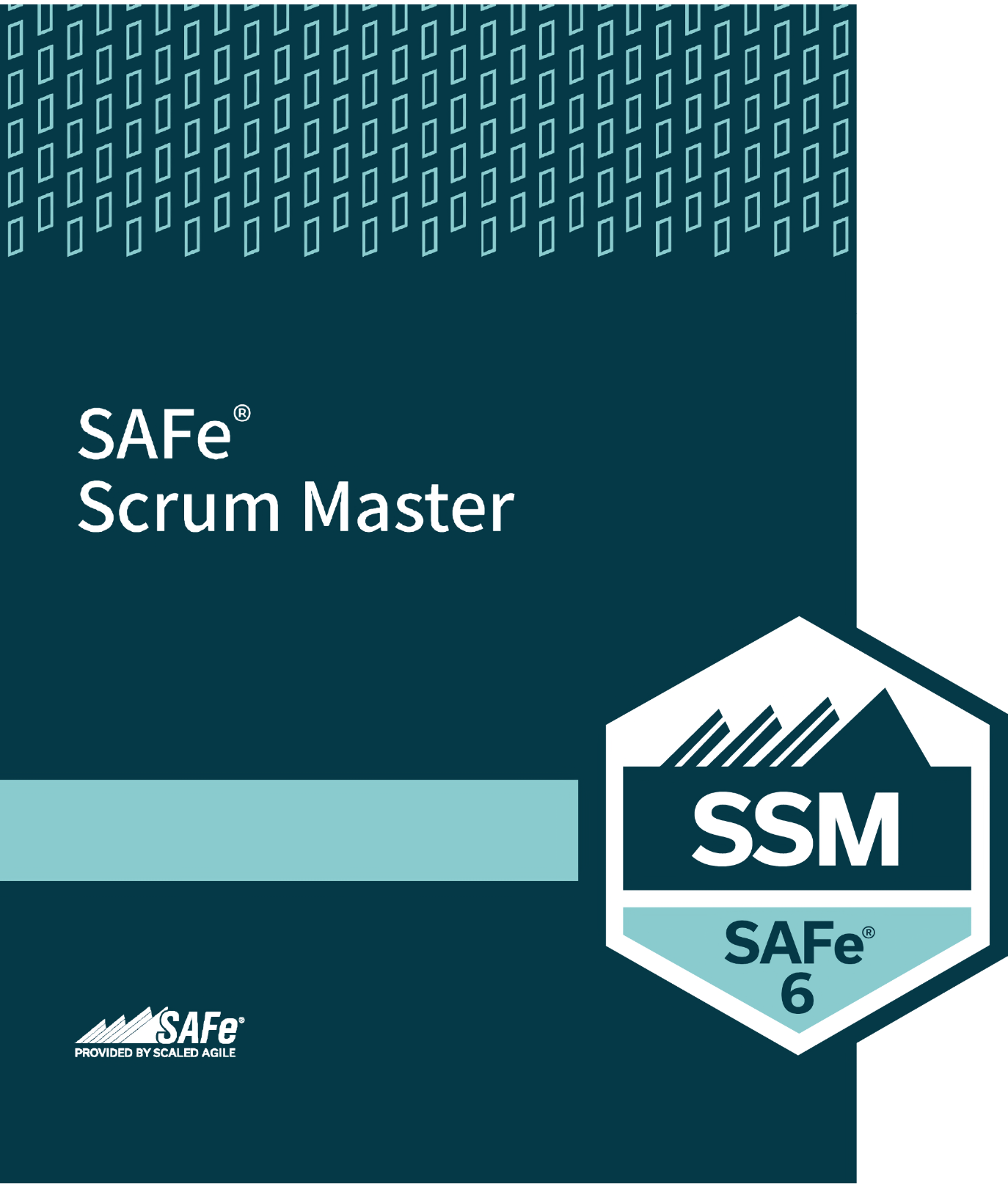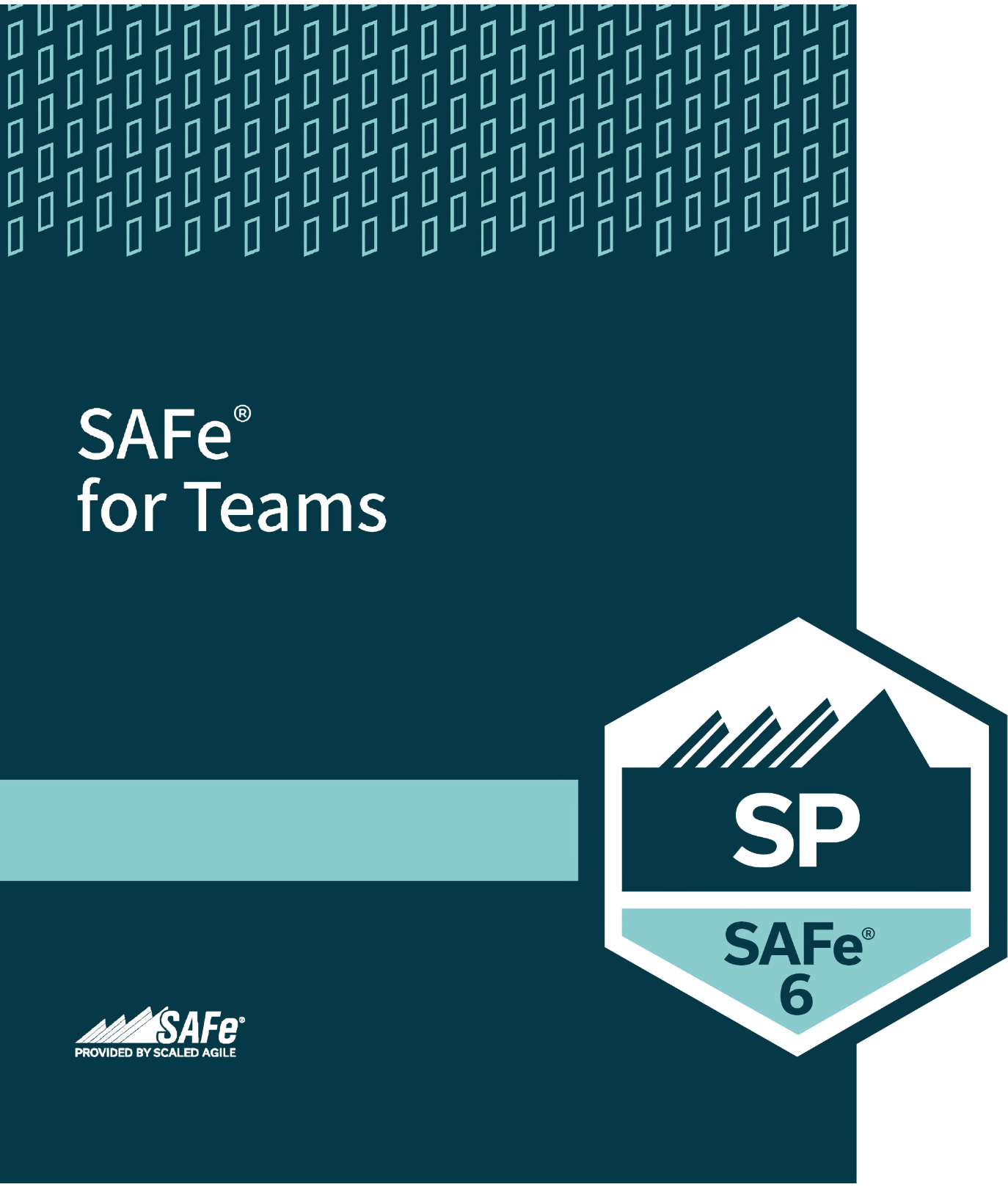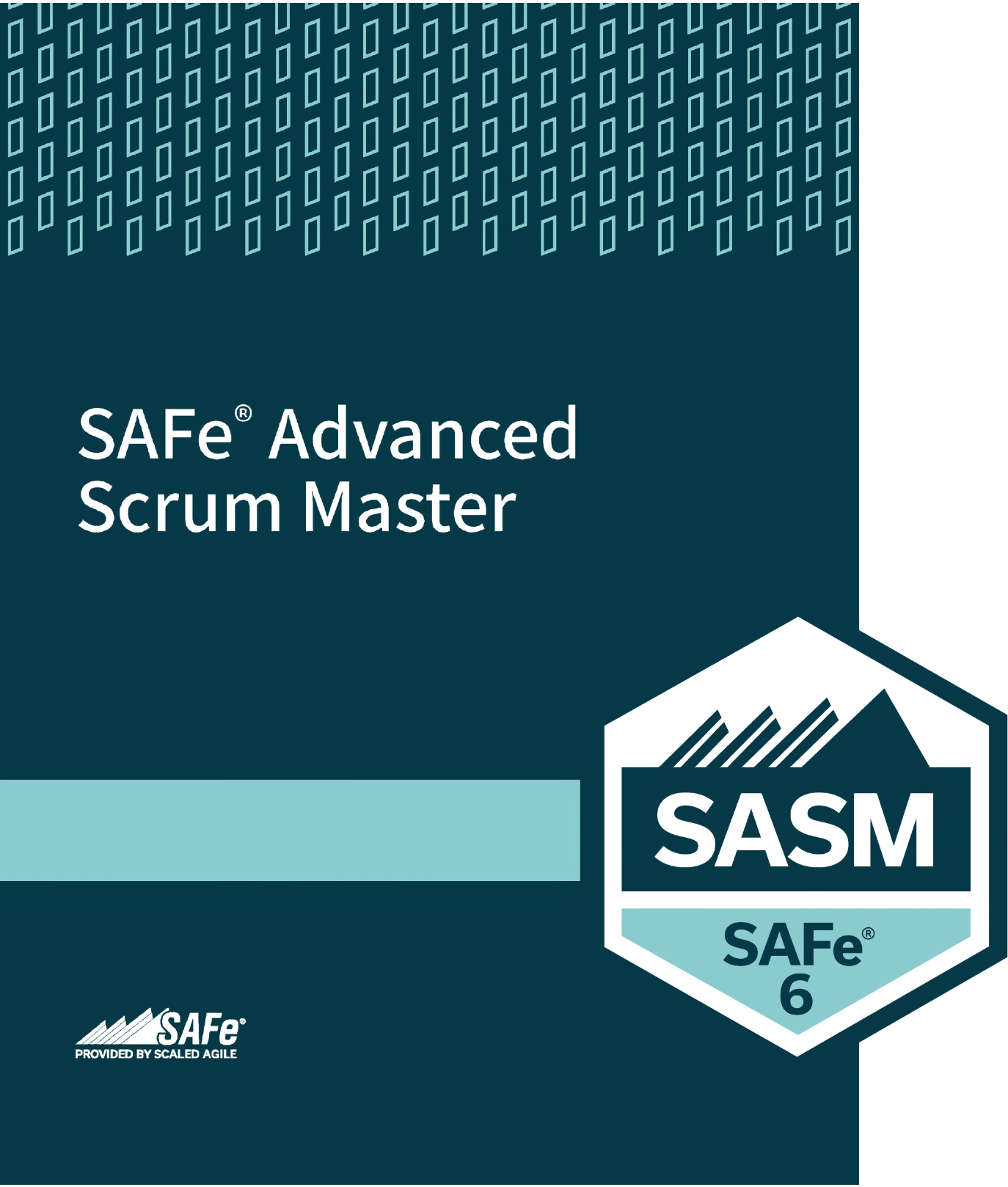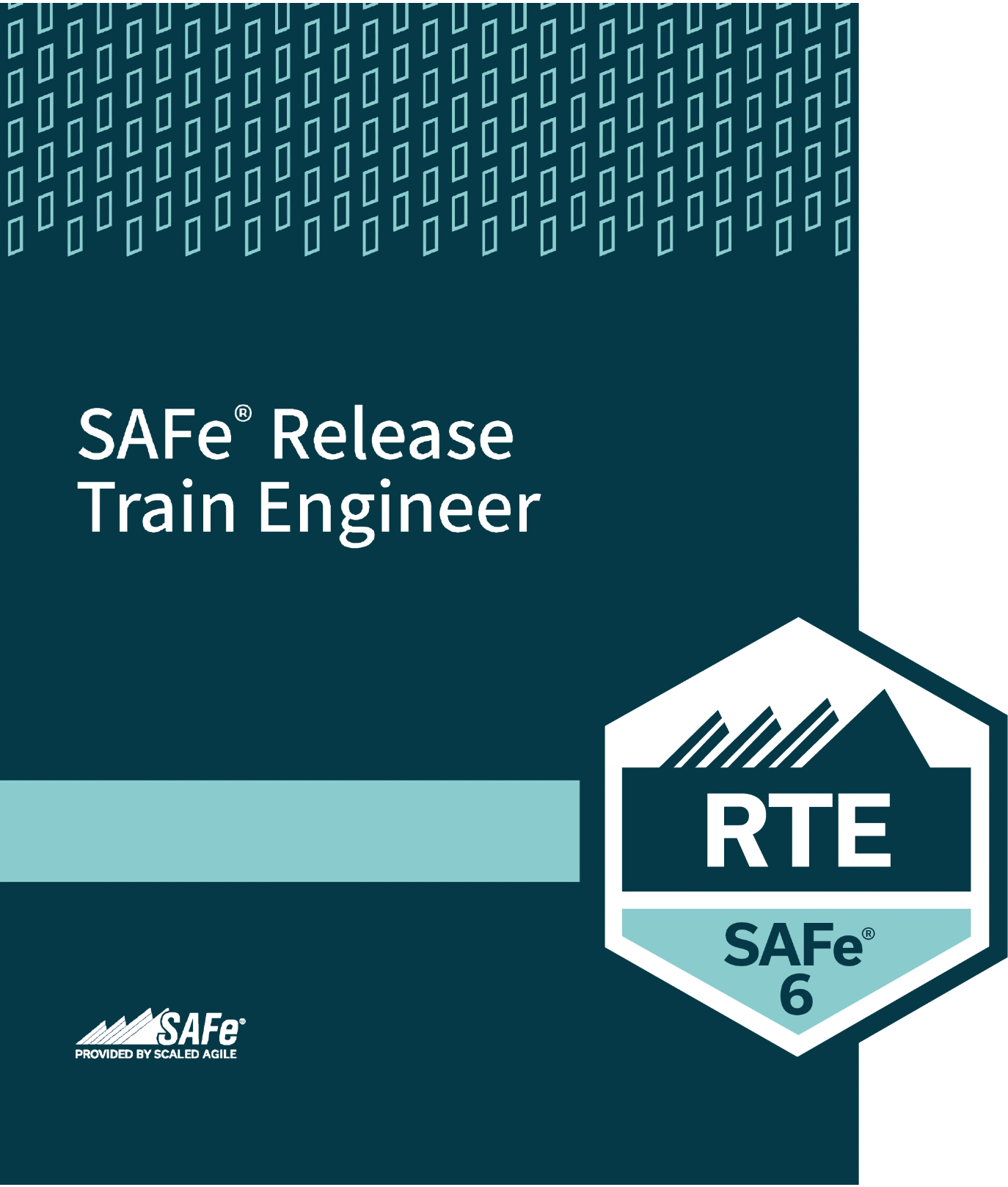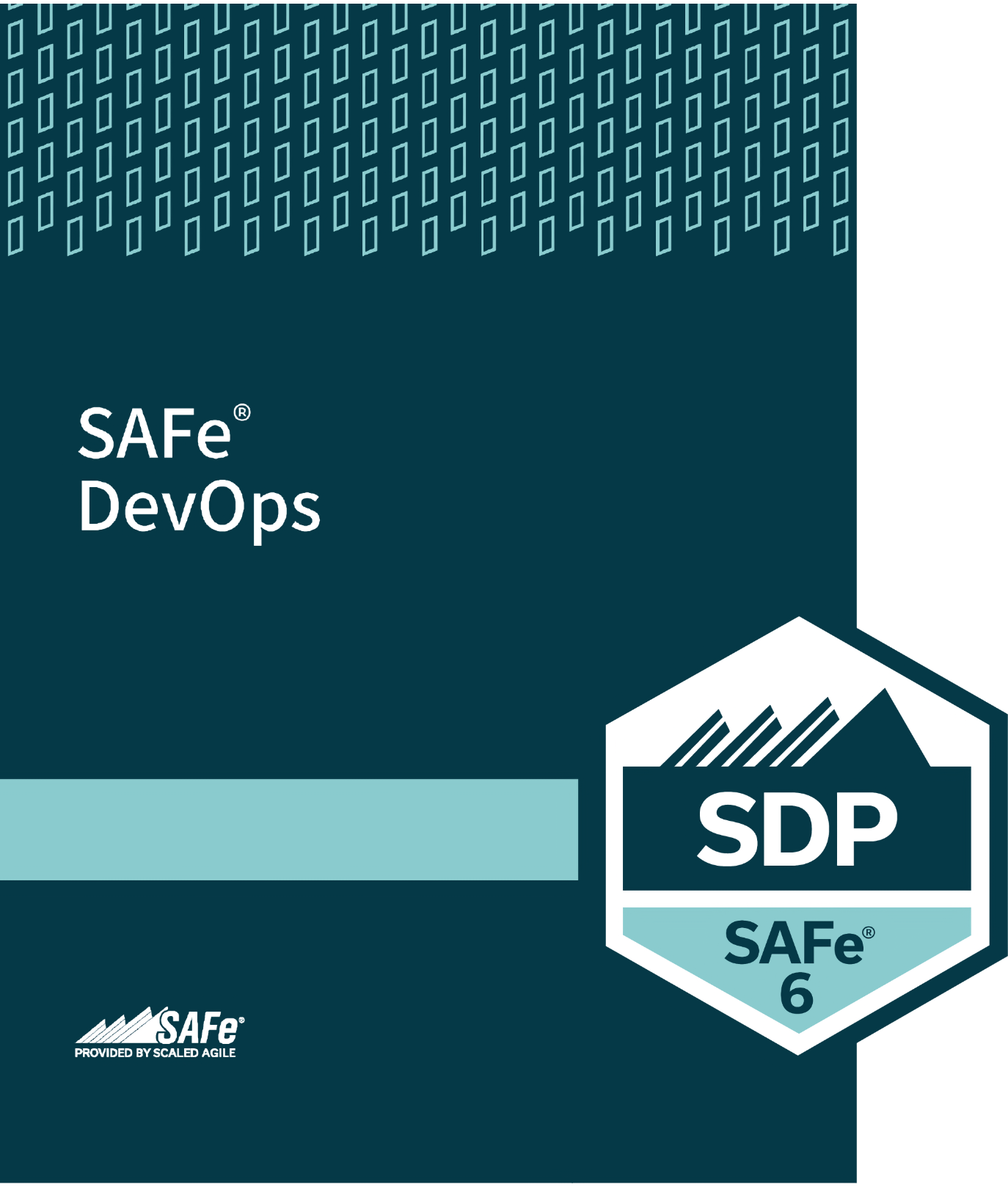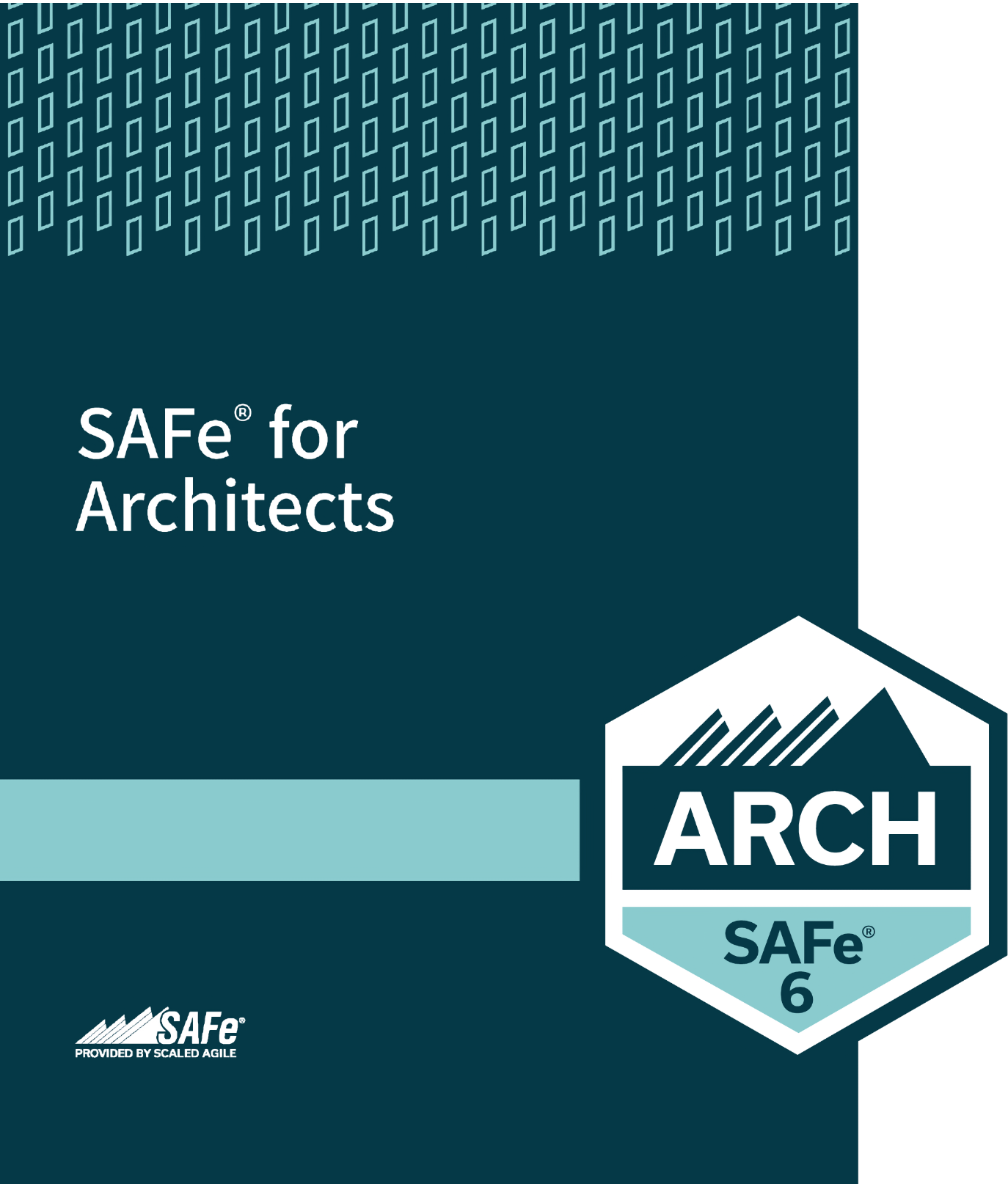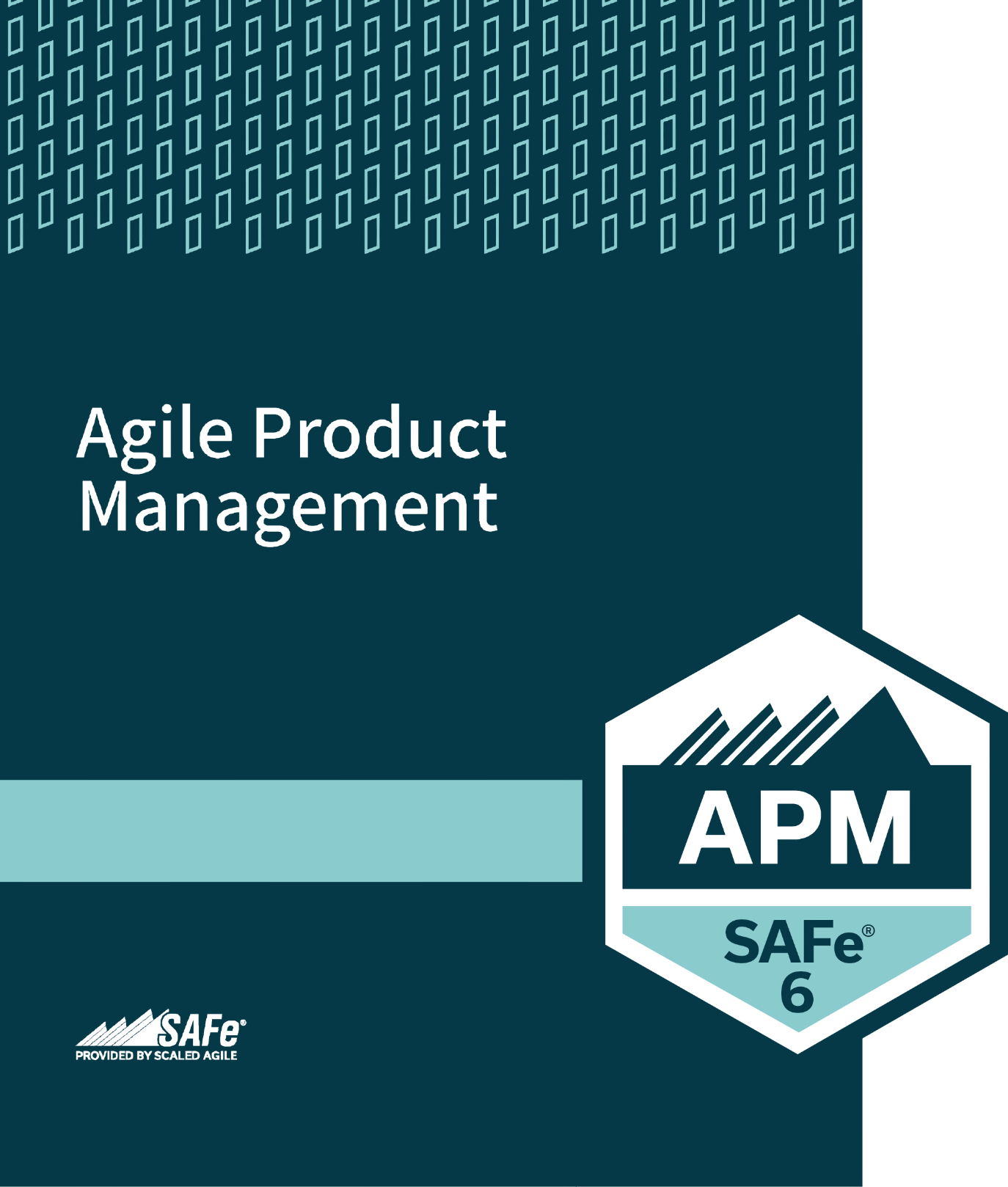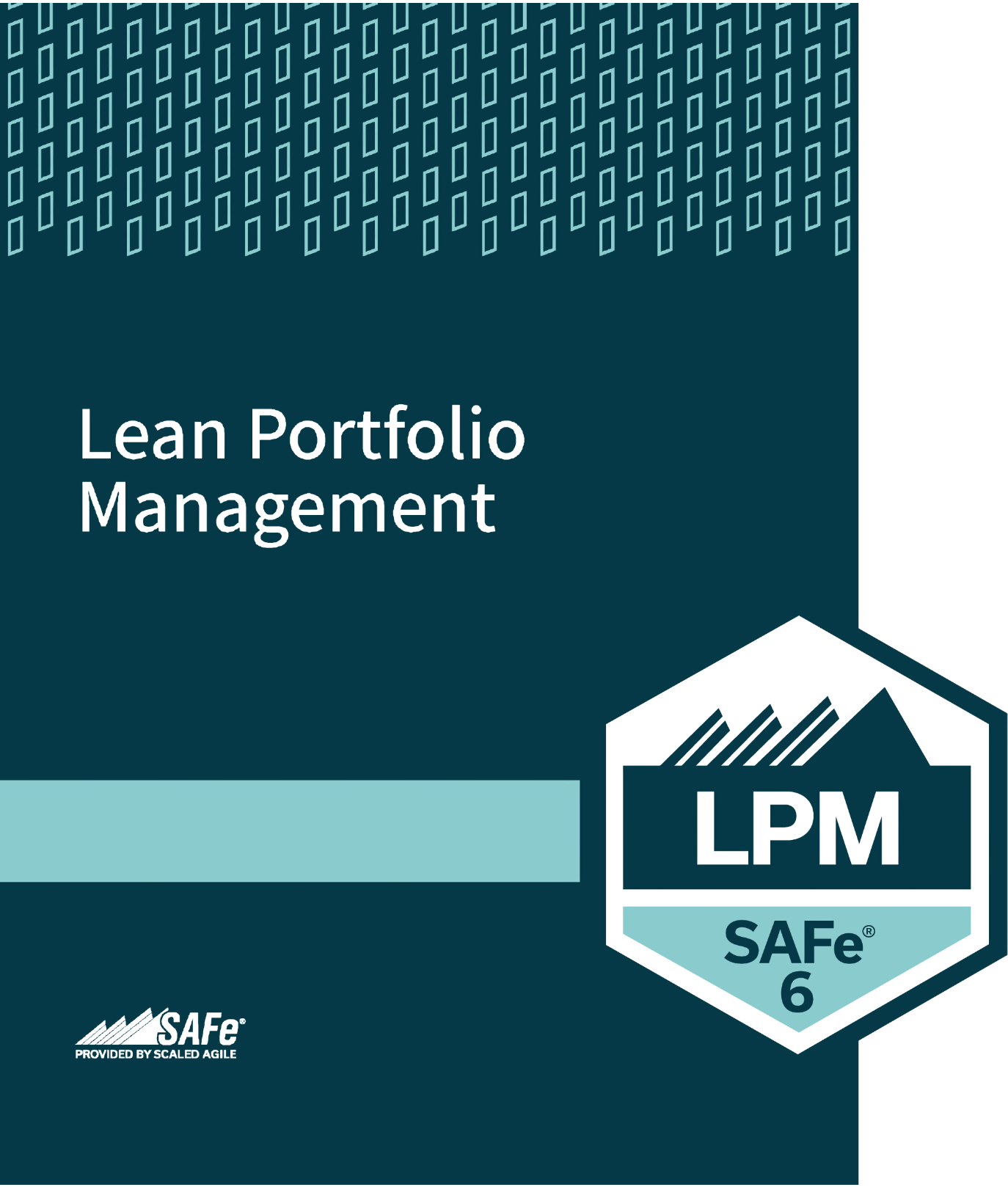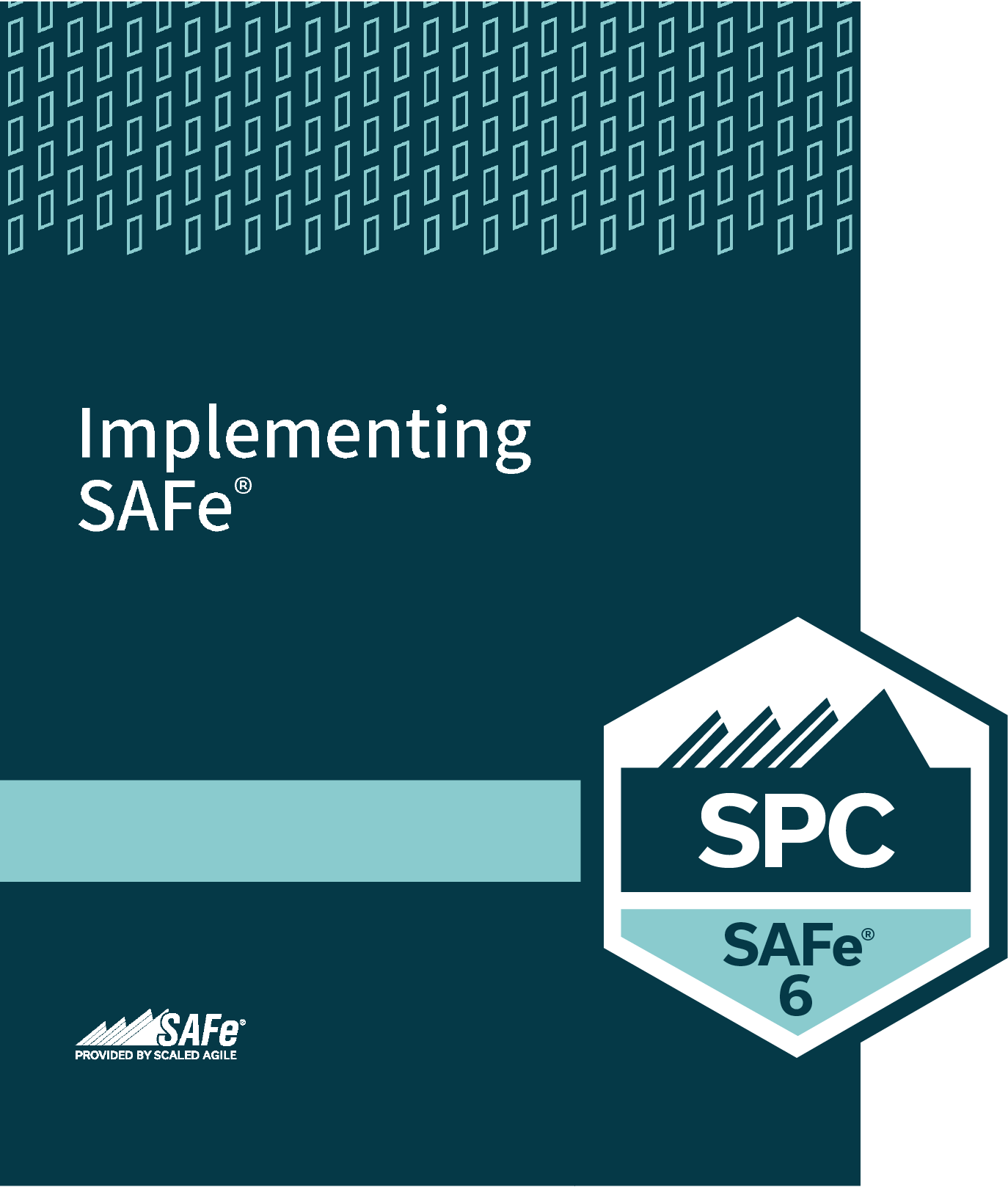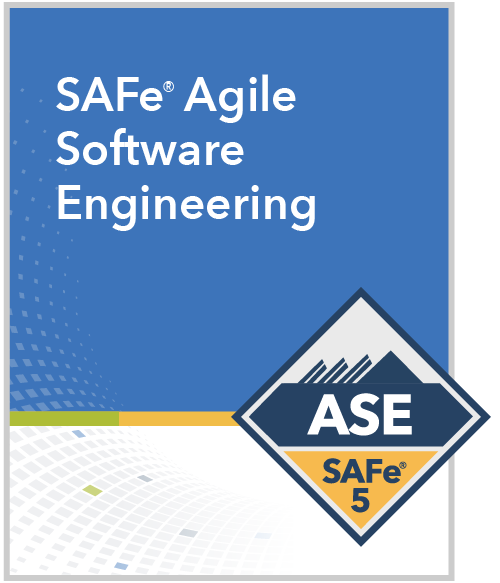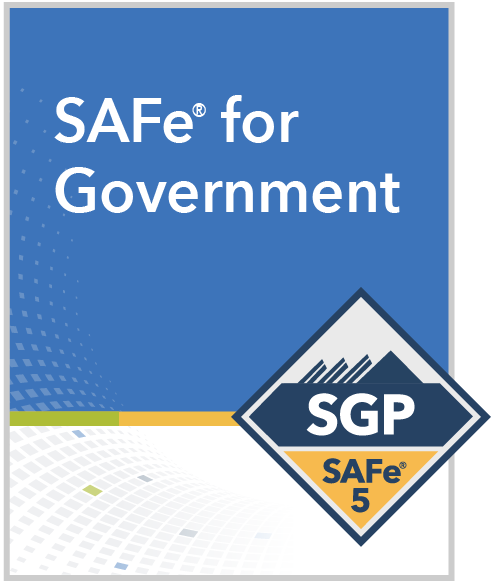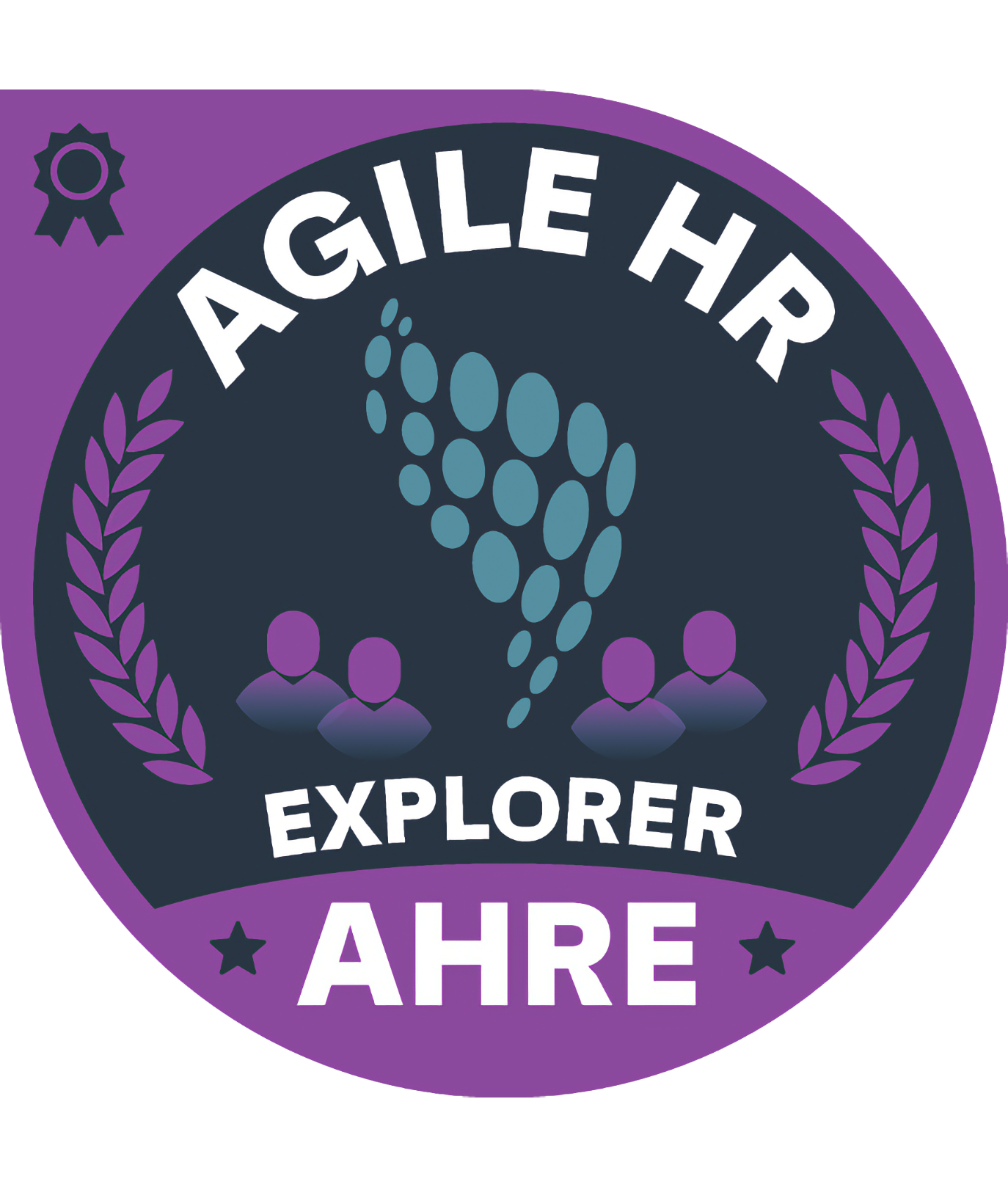Leading SAFe®
The Leading SAFe® training is designed for individuals who play a key role in leading and facilitating the adoption of Lean-Agile principles and practices within an organization. It is particularly targeted at executives, managers, and Agile change agents who are responsible for driving the transformation to a Lean and Agile way of working at scale.
The primary audience for the Leading SAFe® training includes::
- Executives and Leaders: Senior leaders who are accountable for the success of the overall SAFe adoption within the organization.
- Managers and Directors: Managers and directors who are responsible for implementing Lean and Agile practices at various levels of the organization.
- Agile Coaches and Consultants: Individuals who work as Agile coaches or consultants and assist organizations in adopting Lean-Agile practices.
- Release Train Engineers (RTEs): Individuals who take on the role of RTE, responsible for facilitating and coordinating Agile Release Trains (ARTs) within the SAFe framework.
- SAFe Program Consultants (SPCs): Individuals who have achieved the SPC certification and are involved in implementing SAFe within an organization.
The Leading SAFe® training provides participants with a deep understanding of the principles and practices of the SAFe framework.
SAFe® Product Owner/Product Manager
The SAFe® Product Owner/Product Manager (POPM) training is designed for individuals who play the roles of Product Owner or Product Manager in an Agile development environment, particularly within the SAFe framework. The training is intended to provide knowledge and skills that enable these individuals to effectively fulfill their responsibilities within the context of SAFe, a framework for scaling Agile principles and methods to large organizations.
The primary audience for the SAFe® Product Owner/Product Manager training includes:
- Product Owners: Individuals who are responsible for defining and prioritizing the features of a product, ensuring that the development team delivers value to the customer.
- Product Managers: Individuals who are responsible for the overall product strategy, including defining the vision, goals, and roadmap for the product.
- Business Owners: Executives or leaders who have a stake in the success of the product and need to align business strategy with product development.
- Business Analysts: Professionals who work closely with product management to analyze and document business requirements.
- Portfolio Managers: Individuals responsible for managing a portfolio of products and ensuring that they align with organizational goals.
SAFe® Scrum Master
The SAFe® Scrum Master training is designed for individuals who are in or are preparing to take on the role of a Scrum Master within the Scaled Agile Framework (SAFe). The training provides insights and guidance on how to effectively apply the principles and practices of Scrum in the context of a larger organization that is adopting SAFe principles for scaling Agile development.
The primary audience for the SAFe® Scrum Master training includes:
- Scrum Masters: Individuals who are responsible for facilitating and coaching Agile teams to follow Scrum practices effectively.
- Team Leads: Those who are leading Agile teams or are involved in fostering a culture of collaboration and continuous improvement.
- Release Train Engineers (RTEs): Individuals who are taking on the role of RTE, responsible for facilitating and coordinating Agile Release Trains (ARTs) within the SAFe framework.
- Agile Coaches: Professionals who play a coaching role in guiding teams and organizations toward Agile practices.
- Managers and Leaders: Managers and leaders who want to understand the role of a Scrum Master in the context of SAFe and how it contributes to the overall Agile transformation.
SAFe® for Teams
The SAFe® for Teams training is part of the Scaled Agile Framework (SAFe), which is a framework for scaling Agile principles and methods to large organizations. The SAFe for Teams training is specifically designed to help Agile teams understand their roles and responsibilities within the larger SAFe framework. It focuses on the principles and practices of Agile development at the team level within the SAFe context.
The primary audience for the SAFe for Teams training includes:
- Team Members: Individuals who are part of an Agile development team, including developers, testers, analysts, and other team members involved in delivering value.
- Scrum Masters: Scrum Masters who are responsible for facilitating and coaching Agile teams to ensure they follow Agile principles and practices.
- Product Owners: Product Owners who work with Agile teams to define and prioritize the features and backlog items.
- Managers and Leaders: Managers and leaders who want to understand how to support and enable Agile teams within the SAFe framework.
The SAFe for Teams training covers essential Agile and Scrum principles and practices, with a focus on how these principles are applied in the context of SAFe.
SAFe® Advanced Scrum Master
The SAFe Advanced Scrum Master course is designed for individuals who have already completed the SAFe Scrum Master training and want to deepen their understanding and skills in the Scrum Master role within the SAFe framework.
The primary audience for the SAFe® Advanced Scrum Master training typically includes:
- Experienced Scrum Masters: Individuals who have practical experience in the Scrum Master role and are looking to enhance their skills in a SAFe context.
- SAFe Practitioners: Individuals who have completed foundational SAFe training and want to specialize in the Scrum Master role at an advanced level.
- Agile Coaches: Professionals who play a coaching role in guiding teams and organizations toward advanced Agile practices.
SAFe® Release Train Engineer
The SAFe® Release Train Engineer (RTE) training is designed for individuals who are or will be taking on the role of a Release Train Engineer within the Scaled Agile Framework (SAFe). The training provides insights and guidance on how to effectively facilitate and coordinate Agile Release Trains (ARTs) within the context of SAFe, which is a framework for scaling Agile principles and methods to large organizations.
The primary audience for the SAFe® Release Train Engineer training includes:
- How to lead ARTs and large solutions in a SAFe organization
- Release Train Engineers (RTEs): Individuals who are directly responsible for facilitating and coordinating Agile Release Trains within the SAFe framework.
- Agile Program Managers: Professionals who play a program management role in the context of large-scale Agile development.
- Scrum Masters: Individuals who may transition into the RTE role or want to deepen their understanding of program and value stream coordination.
- Agile Coaches: Professionals who guide teams and organizations toward advanced Agile practices and are involved in coordinating multiple teams.
- Project Managers: Those who have a background in traditional project management and are transitioning to Agile program management.
SAFe® DevOps
The SAFe® DevOps training is designed to provide individuals and organizations with a comprehensive understanding of the role of DevOps in the Scaled Agile Framework (SAFe). It focuses on the principles and practices that integrate development and operations to enhance the efficiency and quality of the software delivery process.
The primary audience for the SAFe® DevOps training includes:
- DevOps Practitioners: Individuals involved in the development and operations aspects of the software delivery process.
- Release Train Engineers (RTEs): Individuals responsible for facilitating and coordinating Agile Release Trains within the SAFe framework.
- System Architects: Professionals who design and implement systems and infrastructure to support the software delivery process.
- Product Owners: Individuals responsible for defining and prioritizing features of a product.
- IT Managers: Leaders overseeing IT operations and software delivery processes.
- Developers and Testers: Team members involved in software development and testing.
SAFe® for Architects
SAFe recognizes the critical role of architecture in scaling Agile and Lean practices to large enterprises. The goal of the training is to equip architects with the knowledge and skills needed to effectively contribute to the development of large, complex systems within the SAFe framework.
The primary audience for the SAFe® for Architects training typically includes:
- System Architects: Professionals responsible for designing and overseeing the architecture of complex systems.
- Solution Architects: Individuals focused on the overall design and architecture of large-scale solutions.
- Enterprise Architects: Those responsible for defining and aligning the overall technology strategy with business goals at the enterprise level.
- Technical Leaders: Individuals in leadership roles within technical teams who want to understand and apply architectural principles within the SAFe context.
- Product Managers and Product Owners: Individuals involved in product management and ownership who collaborate with architects to ensure that the system architecture aligns with business needs.
Agile Product Management
Agile Product Management refers to the practices and principles related to managing and optimizing the development of products in an Agile environment. The role of a Product Manager in an Agile context involves collaborating closely with development teams, stakeholders, and customers to ensure the delivery of valuable and high-quality products.
The intended audience for Agile Product Management training typically includes:
- Executives and Leaders: Senior leaders responsible for the overall strategy and performance of the organization.
- Portfolio Managers and Directors: Individuals overseeing a portfolio of development value streams and ensuring alignment with strategic objectives.
- Enterprise Architects: Professionals responsible for defining the technical and architectural direction of the organization.
- Finance and Budgeting Professionals: Individuals involved in financial planning and budgeting processes within the organization.
- Lean-Agile Leaders: Individuals with leadership roles who want to understand how to implement Lean and Agile principles at the portfolio level.
- Agile Coaches and Release Train Engineers (RTEs): Coaches and facilitators who guide teams and trains in the SAFe framework.
Lean Portfolio Management
Lean Portfolio Management (LPM) training is part of the Scaled Agile Framework (SAFe) and is designed for individuals who are responsible for aligning strategy and execution by applying Lean and systems thinking approaches to the management of an organization’s portfolio. The training helps organizations implement Lean and Agile principles at the portfolio level, ensuring that strategy is effectively translated into execution.
The primary audience for the Lean Portfolio Management training typically includes:
- Product Managers: Those responsible for the overall strategy and success of a product.
- Product Owners: Individuals who work closely with development teams to define and prioritize features and ensure the delivery of value.
- Business Analysts: Professionals who analyze and document business requirements, often working closely with product management.
- Entrepreneurs and Start-up Leaders: Individuals involved in developing and managing products in entrepreneurial settings.
- Anyone involved in product development: This can include developers, testers, designers, and other stakeholders who contribute to the product development process.
Implementing SAFe®
The Implementing SAFe® training is a course offered within the Scaled Agile Framework (SAFe), which is a framework for scaling Agile and Lean principles to large organizations. The course is intended for individuals and organizations seeking guidance on how to implement SAFe to effectively scale Agile practices beyond single teams and across the entire enterprise.
The primary audience for the Implementing SAFe® training typically includes:
- Change Agents and Consultants: Professionals who are responsible for guiding organizations through the SAFe adoption process.
- Executives and Leaders: Senior leaders who play a key role in the implementation of SAFe within their organizations.
- Agile Coaches and Release Train Engineers (RTEs): Individuals responsible for coaching teams and facilitating the coordination of Agile Release Trains (ARTs).
- Scrum Masters and Product Owners: Those involved in the Agile development process who want to understand how to scale Agile practices to the enterprise level.
- Portfolio Managers and Directors: Individuals responsible for managing a portfolio of value streams and ensuring alignment with organizational strategy.
- Program and Project Managers: Professionals who oversee large-scale programs and projects and want to apply Agile principles to their management.
Agile Software Engineering
The concept of Agile Software Engineering typically focuses on applying Agile principles to software development practices. Key aspects often covered in Agile software engineering training include: Agile Development Practices, Collaboration and Communication, Quality and Testing Practices, Adaptive Planning, Lean Principles.
The intended audience for Agile Software Engineering training may include:
- Developers and Programmers: Individuals involved in coding and software development activities.
- Testers and Quality Assurance Professionals: Individuals responsible for testing and ensuring the quality of software products.
- Scrum Teams: Cross-functional teams that want to enhance their Agile development practices.
- Product Owners and Product Managers: Individuals involved in product development who want to understand how Agile principles apply to software engineering.
- Agile Coaches and Scrum Masters: Professionals guiding teams and organizations toward Agile practices.
SAFe® for Government
SAFe® for Government training is part of the Scaled Agile Framework (SAFe) and is designed to provide guidance on applying Agile and Lean principles in government settings. The training aims to help government organizations and agencies adopt SAFe practices to improve efficiency, collaboration, and the delivery of value.
The primary audience for the SAFe® for Government training typically includes individuals who work within government organizations, including:
- Government Executives and Leaders: Senior leaders responsible for the overall strategy and performance of government agencies.
- Government Program and Project Managers: Individuals overseeing programs and projects within government settings.
- Government Agile Teams: Cross-functional teams involved in software development, IT projects, or other initiatives within government agencies.
- Contracting and Procurement Professionals: Individuals involved in the procurement process who want to understand how to apply Agile and Lean principles.
- Compliance and Security Personnel: Individuals responsible for ensuring compliance with regulations and maintaining security standards.
- Government Lean-Agile Leaders: Individuals who want to lead and drive the adoption of Lean-Agile practices within government organizations.
Agile HR Explorer
Agile HR emphasizes flexibility, collaboration, and responsiveness in managing human resources within an organization undergoing an Agile transformation. Training programs with titles like “Agile HR Explorer” may be designed to help HR professionals understand and apply Agile principles to HR functions.
The intended audience for Agile HR training programs, including an “Agile HR Explorer,” may include:
- HR Professionals: Individuals working in human resources departments who want to align HR practices with Agile principles.
- Organizational Development Specialists: Professionals focused on enhancing organizational capabilities and fostering a culture of agility.
- Agile Coaches: Coaches guiding organizations through Agile transformations who want to collaborate with HR to align practices.
- Leaders and Managers: Executives, managers, and leaders who want to understand how Agile HR can contribute to organizational agility.
- Change Agents: Individuals responsible for driving change and improvements in organizational processes.

